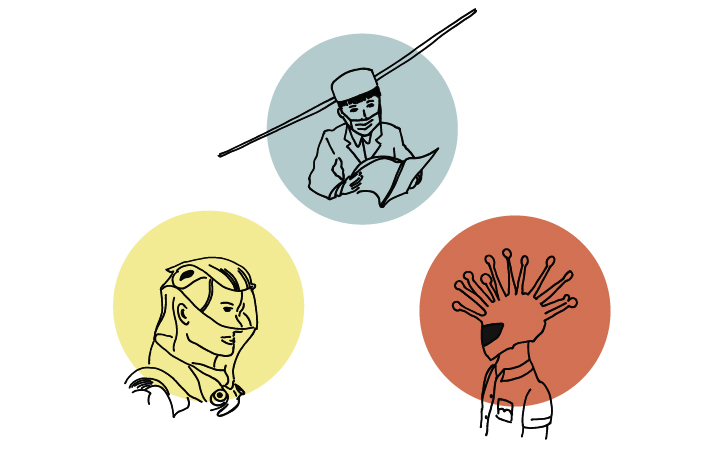
Community Meeting Zones
While the goal of reclaiming urban space is not only crisis-related, it remained one of the major topics coming up in relation to the urban environment. The Covid-19 pandemic awakened the desire for rural life in many towns and cities and therefore challenged the infrastructure of a city per se. Accepting it as a chance for cities to change their structures, the pandemic promoted new opportunities to rethink flexible use of public space.
Already existing projects all around the world expanded their network of parklets. In the context of the Corona crisis, various concepts in this area have been developed to reclaim public space.
The idea behind it was to convert parking lots into places for locals to rest, sit down or spend time with friends and neighbours. As they have no solid foundation, parklets can be built at low cost, quickly assembled and disassembled. However, parklets became mediatised in western culture long before. In 2005, San Francisco was the first widely known city where parklets were deliberately applied to transform streets and neighbourhoods. These shared areas in the public space have since emerged in various forms, from temporary to more permanent applications.
In Austria, for example, the city of Vienna built a great number of them across the city. The city initiative, → Grätzloase provides information about how to build your own parklet. Existing grants financially support individuals and groups who wish to set up a Parklet. To become a parklet initiator, one can register on the project’s website, apply for a free space and start planning as long as no commercial use is intended.
The concept of DIY transformations leads to designed spaces as meeting points for communities. For instance, → Urban Alcove, a project by Hamburg-based architects Heidi Fletcher and Jan Ostermann, aims to create a safe space for social interaction, even in times of a pandemic. The parklet prototype serves to extend pavements. In addition, Urban Alcove plans to use moss areas to reduce air pollution.
While intended as meeting zones, these spaces were also used to promote ‘Social Distancing’ during Covid-19 crisis. The goal was to separate people spatially, keeping distance from each other and refraining from meeting many people to reduce the number of new infections. It has been shown that fewer social contacts can significantly influence the spread of the virus.
In this regard, governments and cities worldwide launched the concept of so-called ‘Slow streets’, ‘Shared Streets’ or ‘Open Streets’, establishing temporary road closures for walking and biking. In the → United States, as well as in → Manchester, UK, interactive maps and lits informed citizens of COVID-19 Streets for Social Distancing. These were not always welcomed, however, with shop-owners complaining about reduced traffic and thus less consumers, for instance in Berlin’s Friedrichstraße, which was transformed into a pedestrian and bike street during the pandemic.
Keywords:
Urban Planning, Community, DIY, Infrastructure, Transportation
Further reading:
→ Schneider, Benjamin. “How Park(ing) Day Went Global”, Bloomberg City Lab, 15 September 2017
→ Smart City Wien. “Co-Shaping the public space”, Smart City
→ COVID mobility works. “Vienna creates 14 temporary pedestrian zones”, City of Vienna